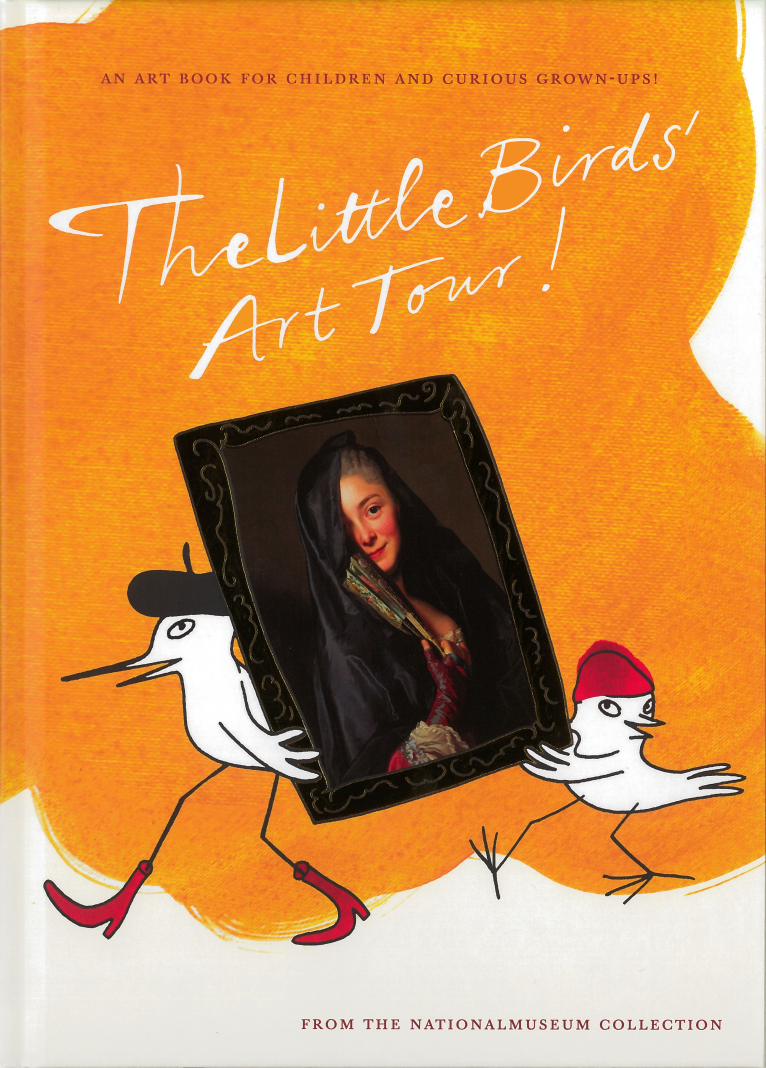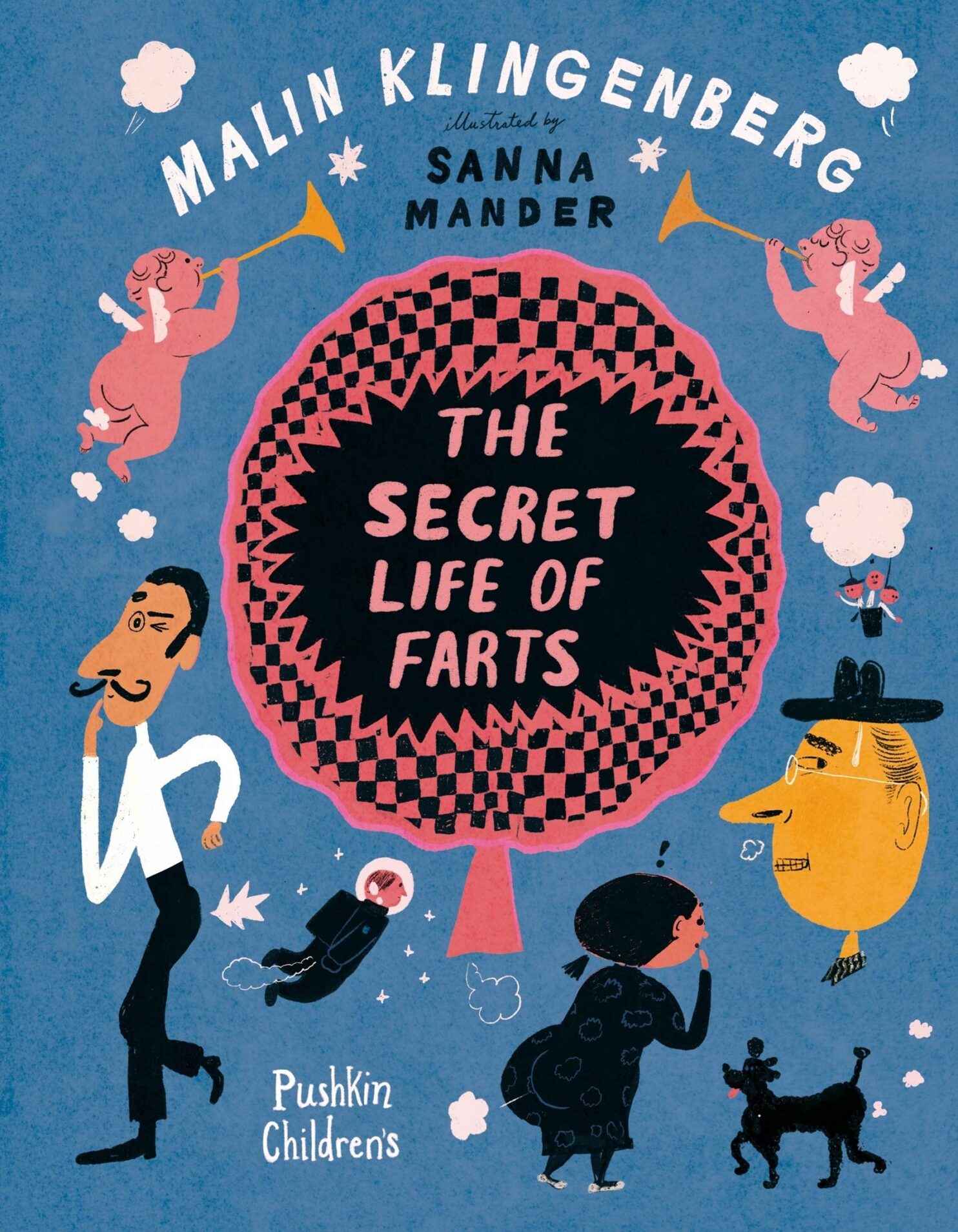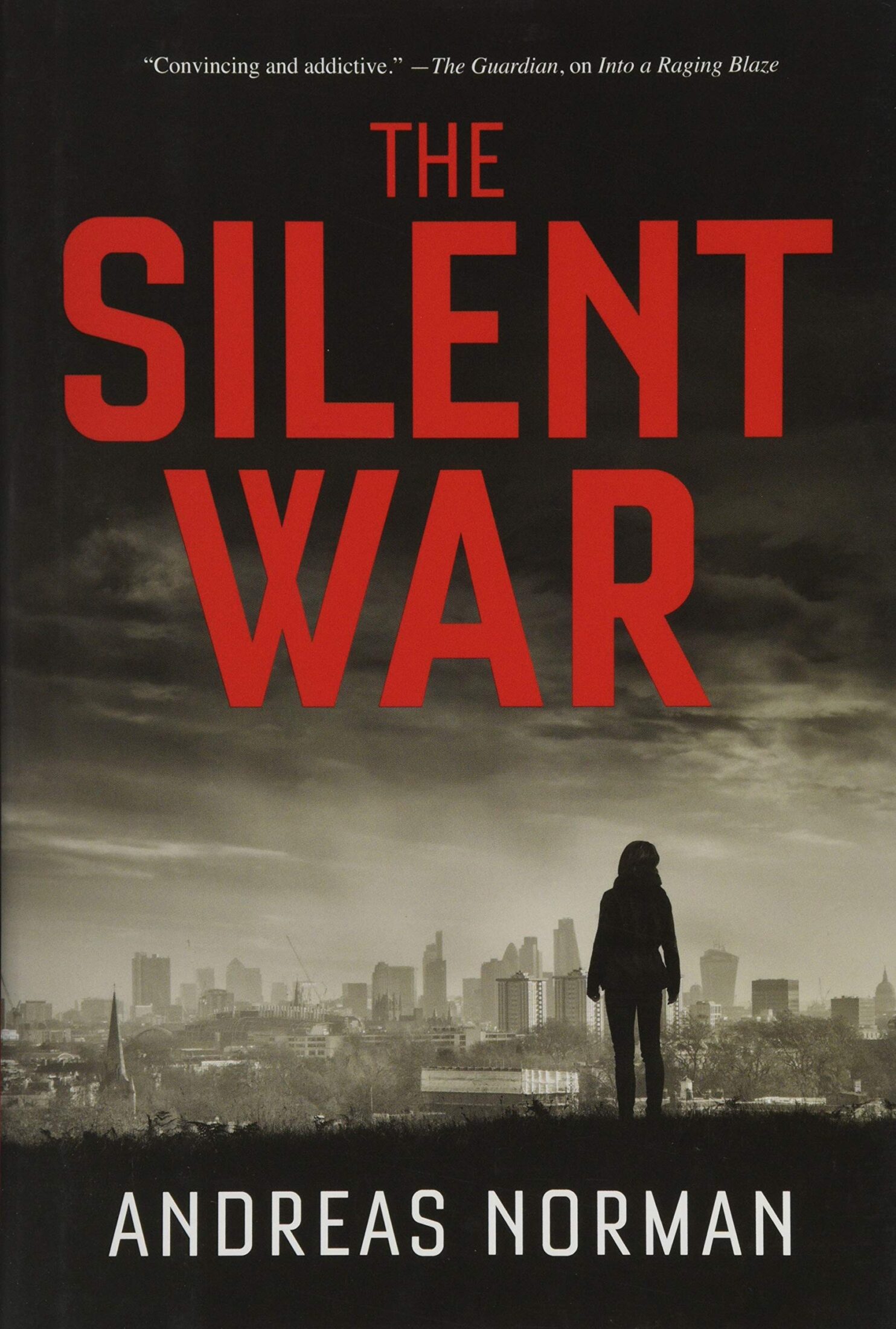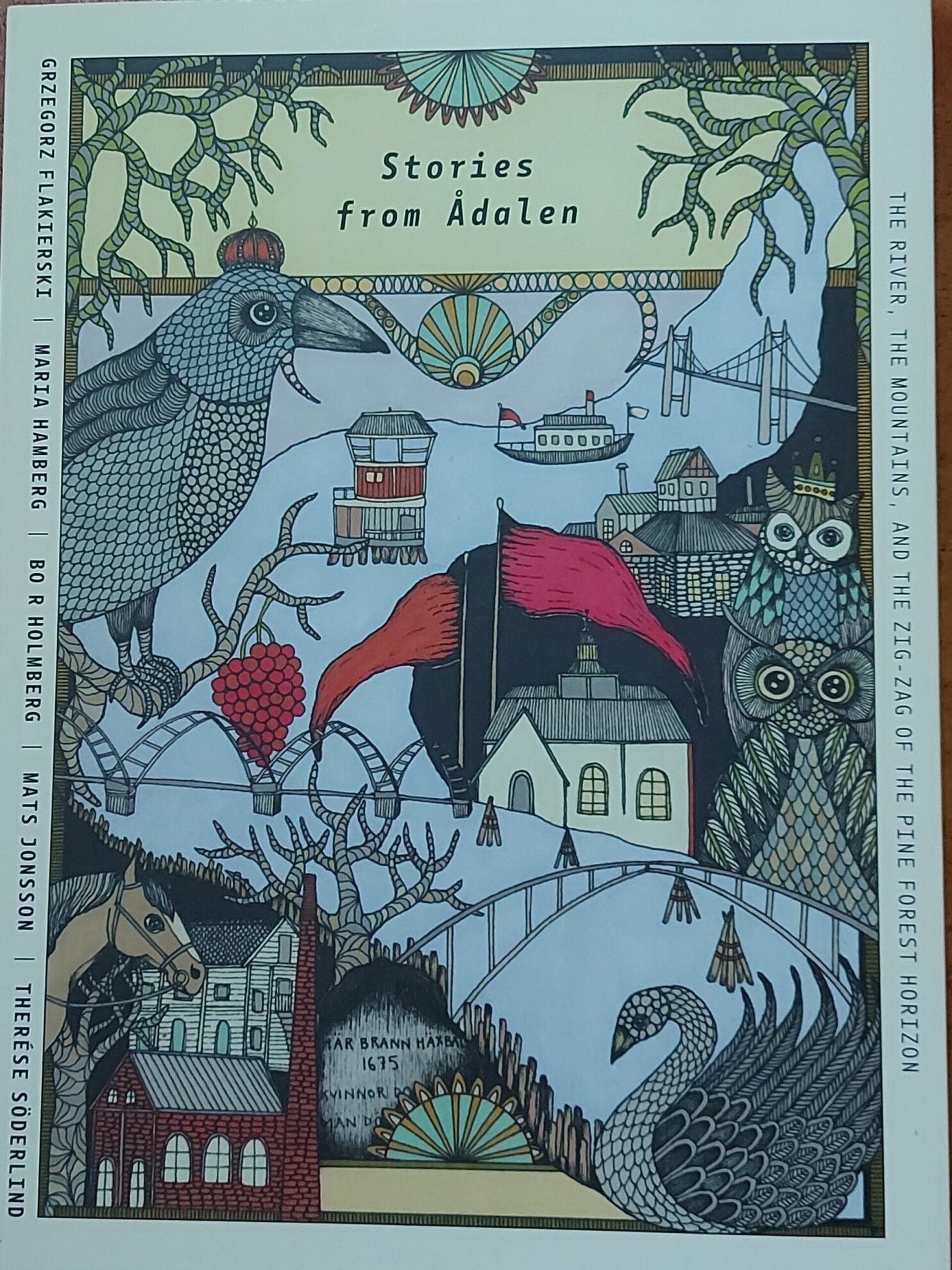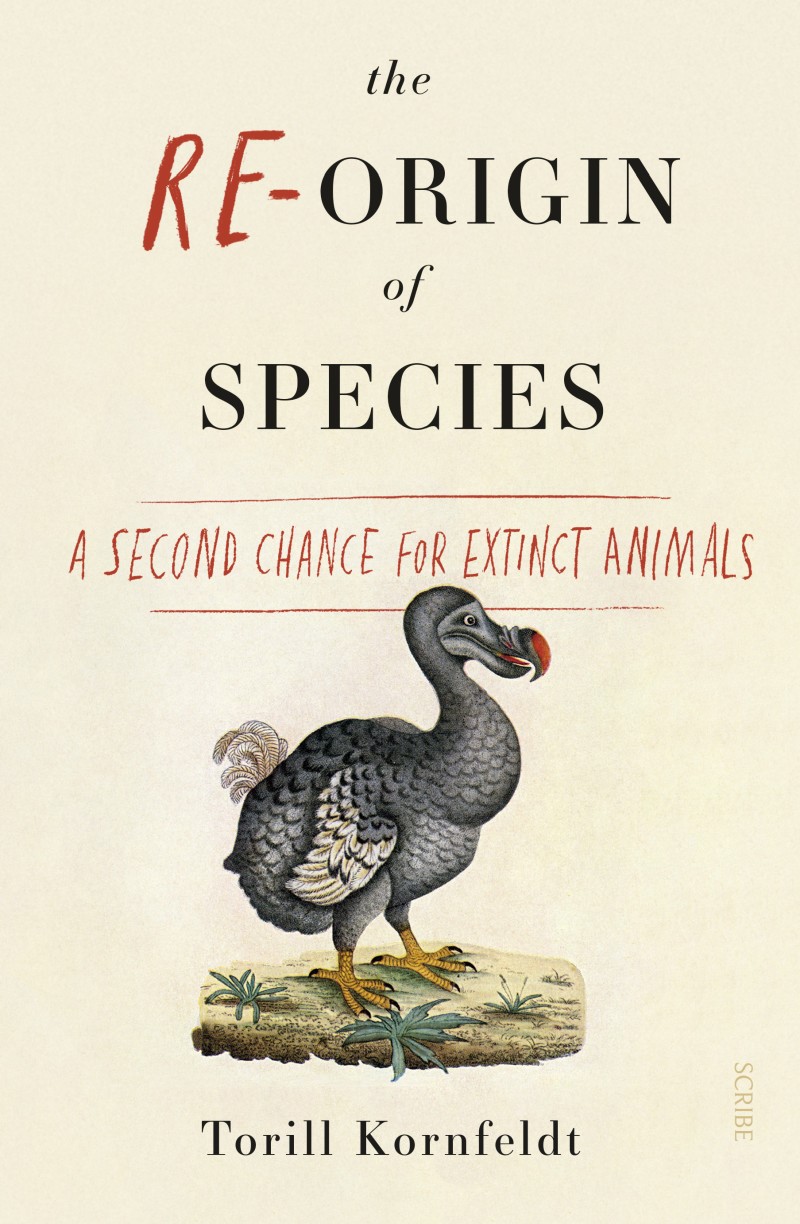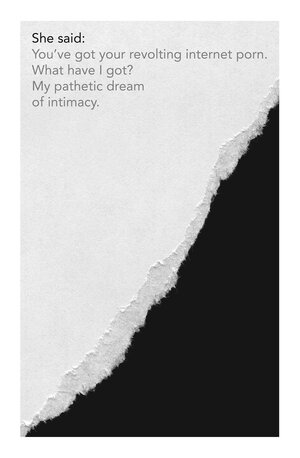Could extinct creatures ever walk the earth again? A lively, inspiring and meticulously researched look at the science and ethics of de-extinction.
‘It’s a beautifully written and perceptive book, that also poses sharp questions about environmental nostalgia and the true value of species.’ – Number 4 of the ‘Best Books of the Year 2018’, Steven Poole, The Daily Telegraph
‘[T]he projects Kornfeldt writes about are incredibly compelling, given that we are living through a mass-extinction event that threatens the stability of the world’s ecosystems.’ – The New Yorker
‘The author’s careful synthesis of accomplishment versus aspiration is also spot-on—even world-class scientists will be dreamers, and there is much more research to be conducted before mammoths once again lumber across the tundra. Wondrous tales of futuristic science experiments that happen to be true.’ – Kirkus Reviews
‘In her cleverly titled book, The Re-origin of the Species, Swedish science journalist Torill Kornfeldt examines the world’s most famous (or perhaps most infamous) attempts to resurrect extinct species … Crisscrossing the globe to interview the world’s leading experts on de-extinction, she offers her personal impressions of their laboratories, their research, and even their motivations … The Re-Origin of the Species is a welcome addition to the growing corpus on de-extinction, and a strong debut by a gifted writer.’ – Abraham H. Gibson, The Quarterly Review of Biology, Stony Brook University.

